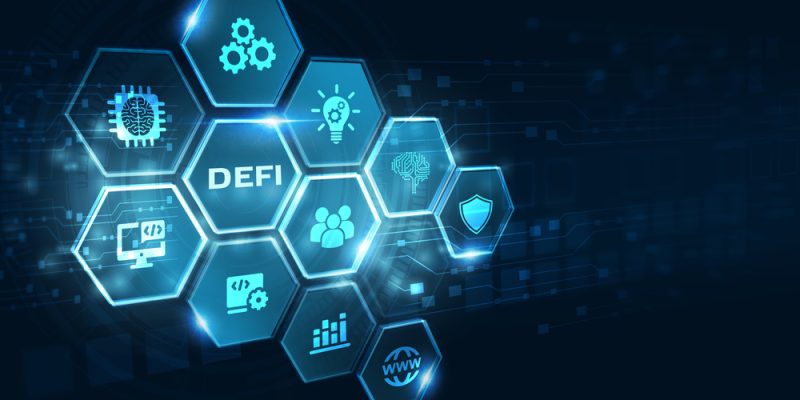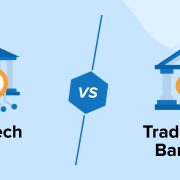In an era dominated by digital interactions and virtual relationships, trust has become a precious commodity.
As we navigate the complexities of the digital landscape, the emergence of Web3 is transforming the way we perceive and establish trust.
In this blog post, we’ll delve into the intricate web of Web3 and explore how it is reshaping trust in the digital age, with insights from Web3 expert Harman Puri.
Understanding Web3
To comprehend the revolution that Web3 is bringing, it’s crucial to revisit the evolution of the internet.
The first phase, Web 1.0, was characterized by static web pages and limited user interaction.
With the advent of Web 2.0, we witnessed the rise of social media, user-generated content, and dynamic online experiences.
Now, Web3 is here to redefine the rules of engagement once again. Unlike its predecessors, Web3 is a decentralized internet where users have greater control over their data and digital identities.
It leverages blockchain technology, the backbone of cryptocurrencies like Bitcoin and Ethereum, to create a trustless environment where transactions and interactions are transparent and secure.
Decentralization and Trust
At the core of Web3 lies the principle of decentralization. Traditional systems often rely on centralized authorities to mediate transactions and validate information.
This centralized approach, while effective, is not without flaws. It introduces a single point of failure, making systems susceptible to hacking, fraud, and abuse.
Web3 eliminates this vulnerability by distributing control among a network of nodes.
Each node in the network holds a copy of the entire blockchain, ensuring that no single entity has unilateral authority. This decentralized structure enhances security and trust in the system.
Harman Puri, a distinguished Web3 expert, emphasizes the significance of decentralization in rebuilding trust.
“In a decentralized ecosystem, trust is not vested in a central authority but is distributed across the network.
This fundamentally changes the dynamics of trust, making it more resilient and resistant to manipulation.”
Smart Contracts and Trustless Transactions
One of the groundbreaking aspects of Web3 is the introduction of smart contracts.
These self-executing contracts with the terms of the agreement directly written into code automate and enforce the execution of contractual agreements.
Smart contracts run on the blockchain, ensuring transparency and eliminating the need for intermediaries.
Harman Puri highlights the transformative potential of smart contracts in rebuilding trust in digital transactions.
“Smart contracts remove the need for trust in the traditional sense. The code is the law, and the decentralized nature of blockchain ensures that the terms of the contract are immutable and executed as agreed upon.”
This trustless nature of transactions not only reduces the risk of fraud but also streamlines processes, making them more efficient and cost-effective.
Digital Identity and Self-Sovereignty
In the current digital landscape, personal data has become a valuable commodity, often exploited by centralized entities for their gain.
Web3 addresses this issue by empowering users with self-sovereign digital identities. Individuals have control over their data, deciding what information to share and with whom.
Harman Puri underscores the importance of digital identity in the Web3 paradigm. “In Web3, users own their data and digital identity.
This not only enhances privacy but also puts individuals in control of their online presence.
It’s a paradigm shift from the current model where centralized platforms monetize user data without their explicit consent.”
By providing users with ownership and control over their digital identities, Web3 promotes a more ethical and user-centric approach to digital interactions.
Community Governance and Consensus
Another key element of Web3 is community governance. Decisions about the development and evolution of the network are made collectively by the community through a consensus mechanism.
This democratic approach ensures that the interests of the community are prioritized over individual entities.
Harman Puri elucidates the impact of community governance on trust in Web3. “In a Web3 ecosystem, decisions are not dictated by a central authority but are made collectively by the community.
This fosters a sense of inclusivity and ensures that the network evolves in a way that benefits the majority.”
Community governance not only promotes transparency but also strengthens the resilience of the system against external pressures or manipulations.
Challenges and Opportunities
While Web3 holds immense promise in redefining trust in the digital age, it is not without challenges.
The transition from centralized to decentralized systems requires overcoming technical, regulatory, and educational hurdles.
Moreover, ensuring inclusivity and avoiding the concentration of power in the hands of a few is an ongoing challenge.
Harman Puri emphasizes the need for collaborative efforts to address these challenges.
“The potential of Web3 is vast, but realizing its benefits requires a collective commitment.
Collaboration among developers, regulators, and the community is crucial to overcome obstacles and unlock the full potential of decentralized technologies.”
The Future of Trust in the Digital Age
As Web3 continues to gain traction, it is evident that the digital landscape is undergoing a profound transformation.
Trust, once reliant on centralized authorities, is being redefined in a decentralized and transparent paradigm.
Harman Puri, with his expertise in Web3, envisions a future where trust is not only rebuilt but also democratized.
“Web3 is about empowering individuals and communities. It’s about creating a digital ecosystem where trust is not a privilege but a right.
As we navigate this transformative journey, it’s essential to embrace the principles of decentralization, transparency, and community governance to build a more trustworthy digital world.”
Conclusion
The advent of Web3 marks a pivotal moment in the evolution of the Internet. It brings forth a vision of a decentralized, trustless ecosystem where individuals have greater control over their digital experiences.
As we navigate the complexities of the digital age, Web3, guided by experts like Harman Puri, offers a roadmap toward a more trustworthy and equitable future.
Read More: What is Web3, and how does it work?










Comments